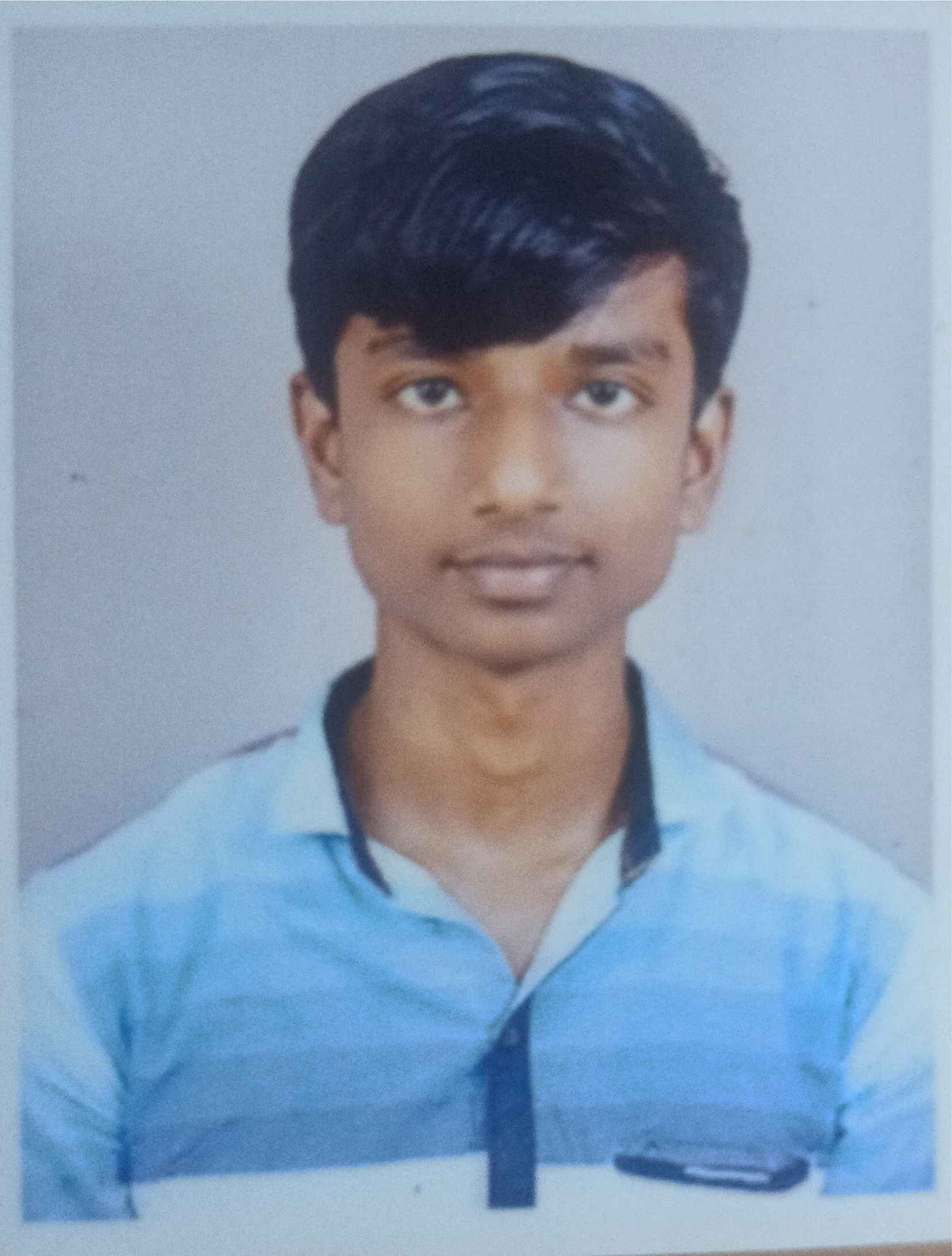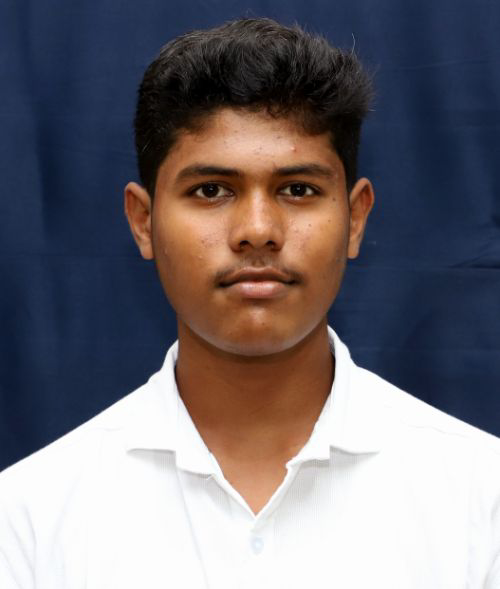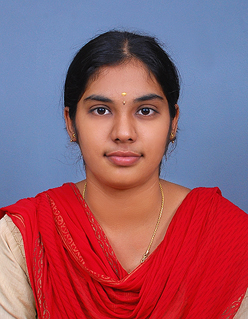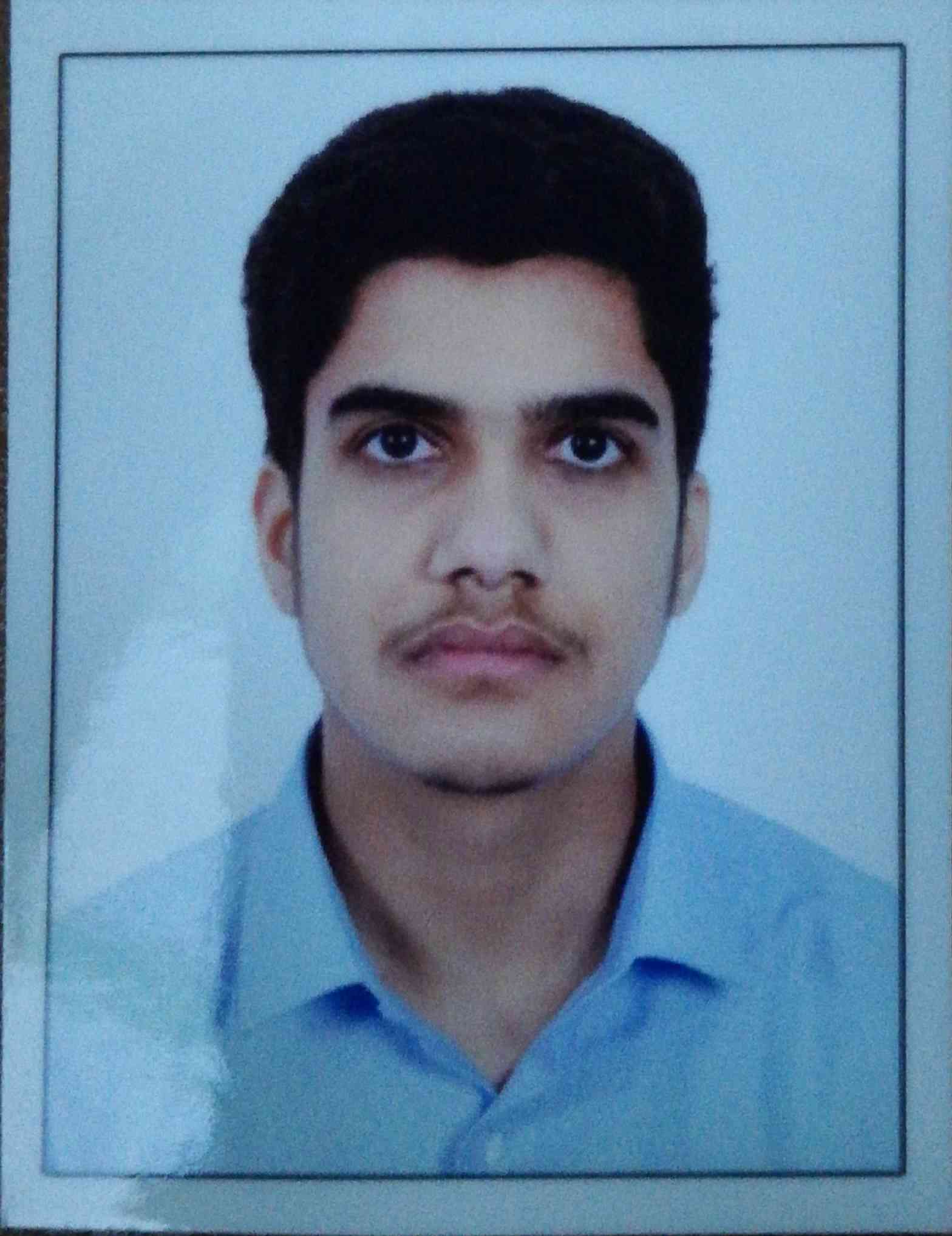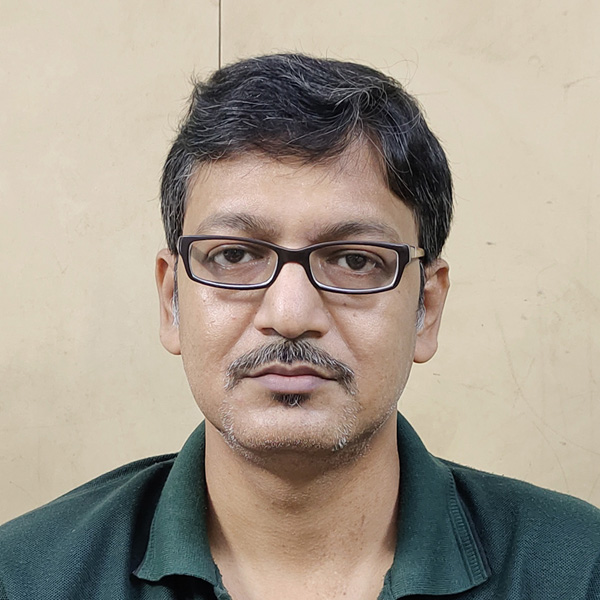Course abstract
The complexity of software systems is ever on the rise – more complex problem domains being attempted (complex embedded systems), ever growing man-power engaged in increasingly intricate development processes to turnaround in shorter and shorter time, possible flexibility of software being stretched to the limit with XaaS, platforms getting challenging with widely expanding distribution, cloud computation etc. Hence the analysis and design of software require well-organized and structured approaches to manage the challenges of complexity.
Over the past two decades methods of Object-Oriented Analysis, Design and Programming have proved to be effective solutions in handling the inherent complexity of software design, development, testing and maintenance. Concepts of OOAD like Abstraction, Encapsulation, Modularity, Hierarchy, Object, State, Behavior, Identity, Class, Operation, Interface, Inheritance, Association, Aggregation, Decomposition, Use-case, etc. have become the lingua franca for the software developers; ubiquitous notation of UML has firmly established itself as the vehicular language for design; and many object-based as well as object-oriented languages have become available and have been widely adopted1 – Java (21%), C++ (6%), C# (4%), VB / VB.NET (4%), Python (3%), Perl (2.5%), Ruby (2.5%), Objective-C (2%), Delphi/Object Pascal (2%), D (1%) – to name a few. Even out of C (14%) developers, a large section today adheres to OOAD / OOP principles.
The present course introduces OOAD grounds up starting with breaking down the root cause of inherent software complexity. After an in-depth exposure to Object Models, Classes and their interactions, the course takes a thorough tour of the diagrams of UML 2.0. Several systems examples help students understand the concept and tutorials offer quick practice. The course ends with a brief discourse on OOP in C++.
While this course can be followed independently (with some programming background), it would help in practicing OOP in C++ or Java. Hence this course is advised in conjunction with C++ / Java.
Course Instructor

Prof. Partha Pratim Das
Prof. Partha Pratim Das received his BTech, MTech and PhD degrees in 1984, 1985 and 1988 respectively from IIT Kharagpur. He served as a faculty in Department of Computer Science and Engineering, IIT Kharagpur from 1988 to 1998. In 1998, he joined Alumnus Software Ltd as a Business Development Manager. From 2001 to 2011, he worked for Interra Systems, Inc. as a Senior Director and headed its Kolkata Center. In 2011, he joined back to Department of Computer Science and Engineering, IIT Kharagpur as Professor. Dr. Das has also served as a Visiting Professor with Institute of Radio Physics and Electronics, Calcutta University from 2003 to 2013. Dr. Das is currently the Head of Rajendra Mishra School of Engineering Entrepreneurship, the Professor-inCharge of the upcoming Research Park of IIT Kharagpur at Rajarhat, Kolkata, and the Joint Principal Investigator of National Digital Library of India project of MHRD. Dr. Das has taught several courses in Computer Science including Software Engineering, Object-Oriented Systems, Programming and Data Structure, Compiler Design, Design and Analysis of Algorithms, Information System Design, Database Management Systems, Computational Geometry, Principles of Programming Languages, Embedded Systems, and Image Processing. Jointly with 2 others, he has also offered a course on Introduction to Design of Algorithms under the T10KT program of NME-ICT, MHRD (https://www.facebook.com/t10kt.algorithms/) to nearly 7000 teachers. Further, Dr. Das has been offering Programming in C++ and Object-Oriented Analysis and Design in NPTEL-NOC. Both courses are regularly attended by thousands of students. Dr. Das has published over 40 technical papers in international journals in areas of Digital Geometry, Image Processing, Parallel Computing and Knowledge-based Systems. In 2013 he has co-authored a research monograph titled Digital Geometry in Image Processing (CRC Press). His current interests include Human-Computer Interactions, Computer Analysis of Indian Classical Dance, Object-Oriented Systems Analysis and Design, Software Engineering, Compiler Technology, and Technology Enabled Learning. Dr. Das is a member of Association of Computing Machinery (ACM), The Institute of Electrical and Electronics Engineers (IEEE), and Indian Unit for Pattern Recognition and Artificial Intelligence (IUPRAI).More info

Prof. Samiran Chattopadhyay
Samiran Chattopadhyay obtained his B Tech and M Tech degree in 1987 and 1989 respectively from IIT Kharagpur. He obtained his PhD degree from Jadavpur University in 1993. He served as a faculty in the Department of Computer Science and Engineering, Jadavpur University from 1989 to 1993. In 1993, he moved to industry and joined back the same department in Jadavpur University as an Associate Professor in 1997. Since 2001, he is a Professor of Information Technology in Jadavpur University. Dr. Chattopadhyay is also a visiting fellow of the University of Northumbria, Newcastle upn Tyne UK. He was an adjunct faculty at IIT Kharagpur for the Distributed Systems course and a visiting faculty member for the MTech course by IIT Kharagpur which was offered in distance learning mode. Dr. Chattopadhyay has more than two decades of experience of serving reputed Industry houses including Mindware, Computer Associates TCG Software, Interra Systems India Ltd. He is also a project consultant of the prestigious National Digital Library Mission of Government of India. Dr. Chattopadhyay has taught several courses in Computer Science including Software Engineering, Object-Oriented Systems, Programming and Data Structure, Compiler Design, Design and Analysis of Algorithms, Information System Design, Database Management Systems, Ad hoc Wireless Networks, Cloud Computing. Dr. Chattopadhyay has been a co-faculty in Database Management Systems in NPTEL-NOC. Dr. Chattopadhyay has published over 60 technical papers in international journals in the areas of Wireless Networks, Network Security, Machine learning applications. He has co- authored a research monograph titled Digital Geometry in Image Processing, a textbook titled Data Structures through C and Big Data in e-Healthcare. His current research interests include Network Security, Machine learning, Wireless network and Pervasive computing..More info

Prof. Kausik Datta
Kausik Datta has over 23 years of experience in engineering and management at the EDA industry. Currently he is working as Principal Engineer and Manager at Mentor Graphics (India) Pvt. Ltd., Kolkata and leading the Front-end Analyzer Group. Prior to working with Mentor Kausik had worked with Interra Systems, Delsoft and Siemens on software development in EDA and Telecom domain. Kausik received his Bachelor of Engineering degree in Electrical Engineering from Jadavpur University, and his M. Tech. in Computer Science from the Indian Statistical Institute, KolkataMore info
Teaching Assistant(s)
No teaching assistant data available for this course yetCourse Duration : Jul-Sep 2021
View Course
Syllabus
Enrollment : 20-May-2021 to 02-Aug-2021
Exam registration : 17-Jun-2021 to 20-Aug-2021
Exam Date : 26-Sep-2021
Enrolled
2761
Registered
240
Certificate Eligible
157
Certified Category Count
Gold
0
Silver
19
Elite
72
Successfully completed
66
Participation
63
Legend
AVERAGE ASSIGNMENT SCORE >=10/25 AND EXAM SCORE >= 30/75 AND FINAL SCORE >=40BASED ON THE FINAL SCORE, Certificate criteria will be as below:
>=90 - Elite + Gold
75-89 -Elite + Silver
>=60 - Elite
40-59 - Successfully Completed
Final Score Calculation Logic
- Assignment Score = Average of best 6 out of 8 assignments.
- Final Score(Score on Certificate)= 75% of Exam Score + 25% of Assignment Score
Note:We have taken best assignment score from both July 2020 and July 2021 course
Enrollment Statistics
Total Enrollment: 2761
Registration Statistics
Total Registration : 240
Assignment Statistics
Exam score
Final score
.jpg)
.jpg)
.jpg)
.jpg)
